The Rebuilders. Sara Tate and Anna Vogt
What liked: For each chapter there is a tool.
What didn't liked: Chapters with inspirational stories that almost didn't pass criticism and a lot of references to other authors.
For me, 90% was familiar from the tools, but I've been doing this for many years. In general, it is worth reading and is especially useful for anyone who has lost a lot and is trying to recover.
Part 1: When is a setback not a setback
- Myth - Setbacks send us backwards
- Truth - Nothing moves us forwards faster than a setback
Gelicher's Formule for a Change (9 page): A+B+D>X=C
Part 2: It's all about now
- Myth - You should focus on what's ahead of you, or analyse what has come before.
- Truth - Own the moment and the situation you're in.
A Harvard University study showed that people spend 47 per cent of their waking hours thinking about something other that what they are doing.
Part 3: Ignore The Uncontrollable
- Myth - You should want to control everything.
- Truth - Don't waste your energy on the stuff you can't change.
The things you can't control: external factor; other people.
What you can control: yourself, your action, your reaction.
- Accept and don't resist.
- Change your perspective.
- Don't focus on the outcome alone.
- Schedule time to worry.
- Label your emotions.
Part 4: Stop peeking into the past
- Myth - If we examine past mistakes hard enough we won't make them again.
- Truth - We must stop looking backwards is we want to move forward.
Solution-focused vision
- What is your 'future perfect'? If money and resources were no option, what would be the dream?
- What would you like to have more of in your life or work? How could you achieve this?
- Describe the ideal day, five year from now. What are your doing? Who is with you? Where are you? What is taking up your time? What are you looking forward to?
- What would life look like if you woke up tomorrow and your goal had been accomplished? How would you feel? What would be happening?
- What is your goal? How will you know that your goal has been reached? How will others know your goal has been reached?
Part 5: Whose fault is it anyway?
- Myth - Things can only be fixed when we know who broke them.
- Truth - The only responsibility we should look to is our own.
"window"/"mirror" approach.
Part 6: The glass is neither half-empty nor half-full
- Myth - Positive thinking is the key to success.
- Truth - Learn to balance realism and optimism.
'Think happy', 'Good vibes only' - we are surrounded by magazine article and Instagram post
'Hope is not a strategy'
The Stockdale Paradox
Root and branch tool to balance optimism and realism
Branch questions to inspire optimism
- What is the outcome that I am most hopeful of?
- How would that outcome affect me situation now?
- What three things should I stop doing to make that outcome a reality?
Root questions to ensure realism
- What is the most challenging outcome that could occur?
- How would that outcome affect my situation now?
- What three things could I do to prepare against that outcome?
- What one things should I stop doing to avoid making that outcome a reality?
Part 7: Don't wait to know it all
- Myth - Don't set out on a journey without knowing precisely where you are headed.
- Truth - Curiosity will get you further than knowing.
Mentioned Bridges Transition Model
CURIOUS (Tool)
- C - CHILDLIKE: Start channeling your inner five-year-old.
- U - UNLEARN: Actively challenge what you know.
- R - RELEASE Expectation: Let go of expectation about how things will turn out.
- I - INQUIRY: Ask a lot of question, preferably open one.
- O - OPEN: Open your thinking up to a world of possibilities.
- U - UNAVOIDABLE: Accept that the messy meddle is unavoidable and but also potentially fruitful.
- S - SMART SMALL: This is the time to try things out and try things on.
Part 8: The unfair reputation of taking it slowly
- Myth - If it didn't happen yesterday, it's never going to happen.
- Truth - The virtue of patience and value of inaction.
The pressure puncture (Tool)
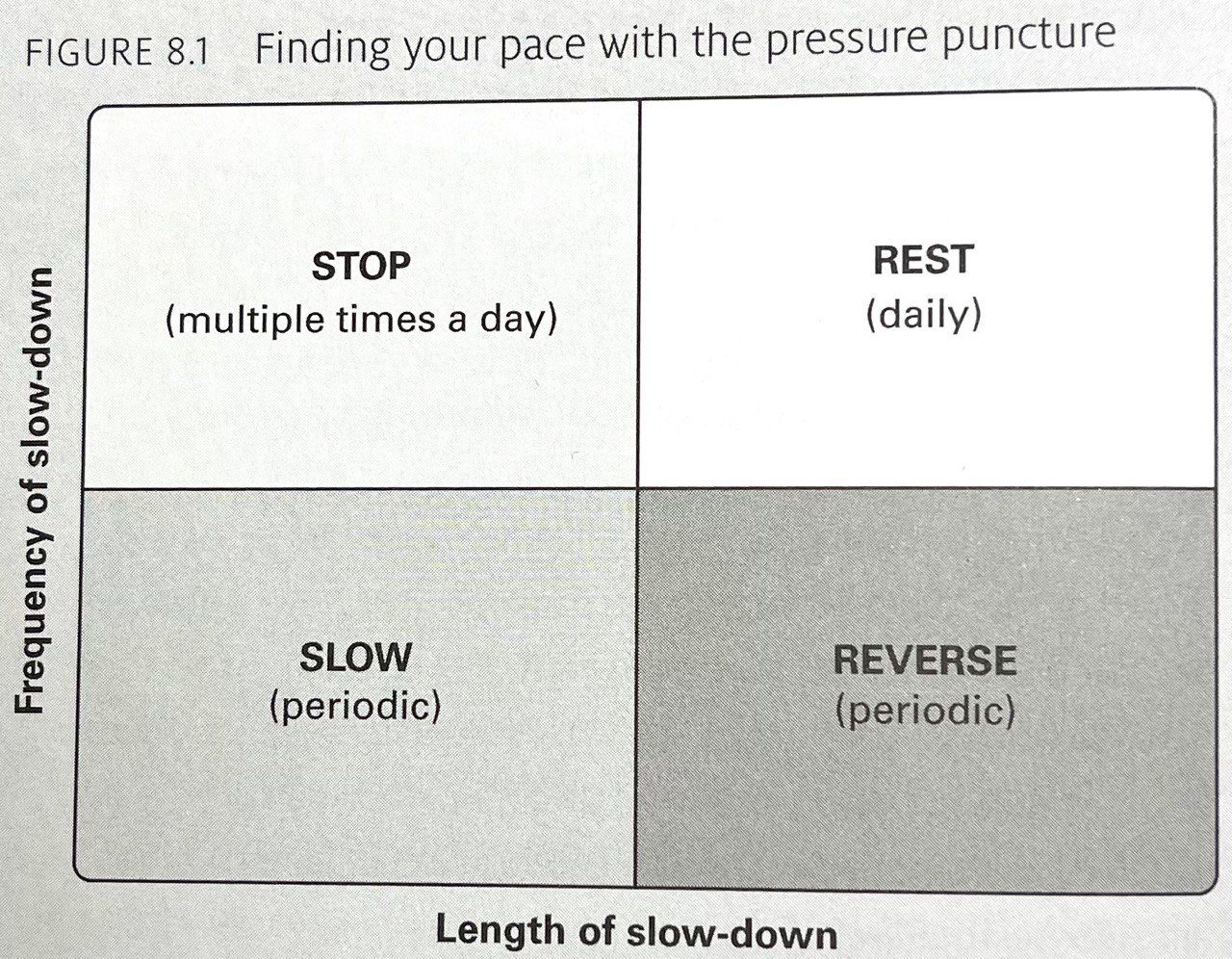
Tool Objectives
- STOP: Recharge, optimaze your energy for next task...
- REST: Gain some perspective on the day ahead...
- SLOW: Overcome exhaustion and prevent burnout...
- REVERSE: To give yourself the space and time to rewire your approach to life...
Part 9: All paths lead through failure
- Myth - Failure happens to people who don't succeed.
- Truth - Failure is a critical part of progress.
Mention one of cognitive bias 'loss aversion'. For example researchers have shown that we dislike losing $100 far more than we enjoy gaining $100 (Kahneman and Tversky, 1979).
The Tools Deliberate practice step
- Set a goal
- Separate into chunk
- Small improvements
- Stay focused
- Seek feedback
Part 10: Flexibility will fix it
- Myth - To be confident and strong you must stick to your guns no matter what
- Truth - Changing your mind is a sing of a good listener, a confident thinker and an empowering leader.
"I know what I like and I like what I now" syndrome.
The Tools
- Don't lose sight of the goal
- Really listen
- Keep learning
- Value other perspectives
- Embrace something new as exciting, not threatening
- Rediscover the art of conversation
- Have fun
Part 11: In pace lies power
- Myth - Achievements count for more when they are reached at speed.
- Truth - Tempo is the secret to success. Know when to slow down, stop and even reverse before proceeding.
The Tools for pace
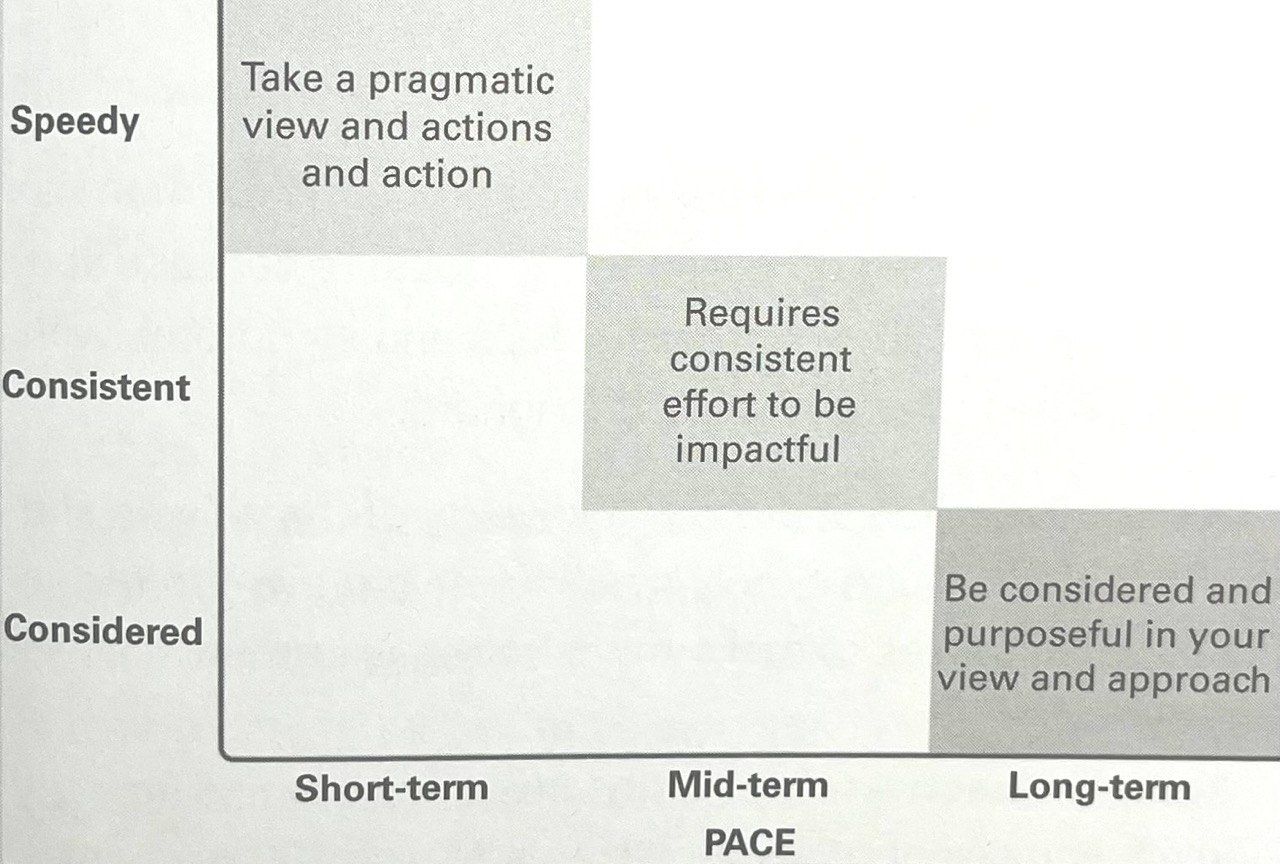
Part 12: Finding certainty in uncertain time
- Myth - When everything changes, change everything
- Truth - Deploying our anchors creates stability when we need it most
The Tools
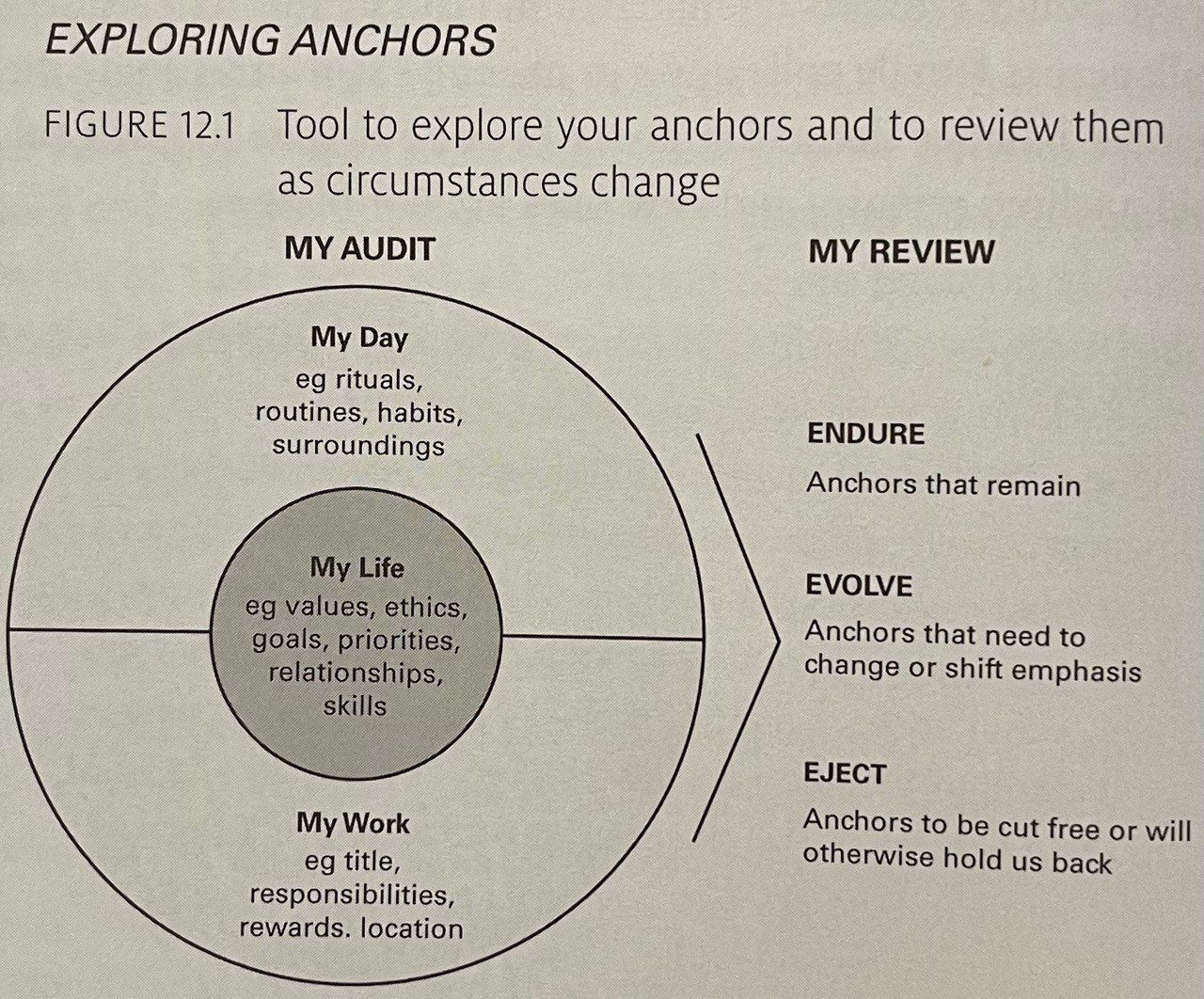
Part 13: Not all success is successful
- Myth - Success is measured by universal benchmarks, often money and status
- Truth - Success is as individual as you are
The Tools
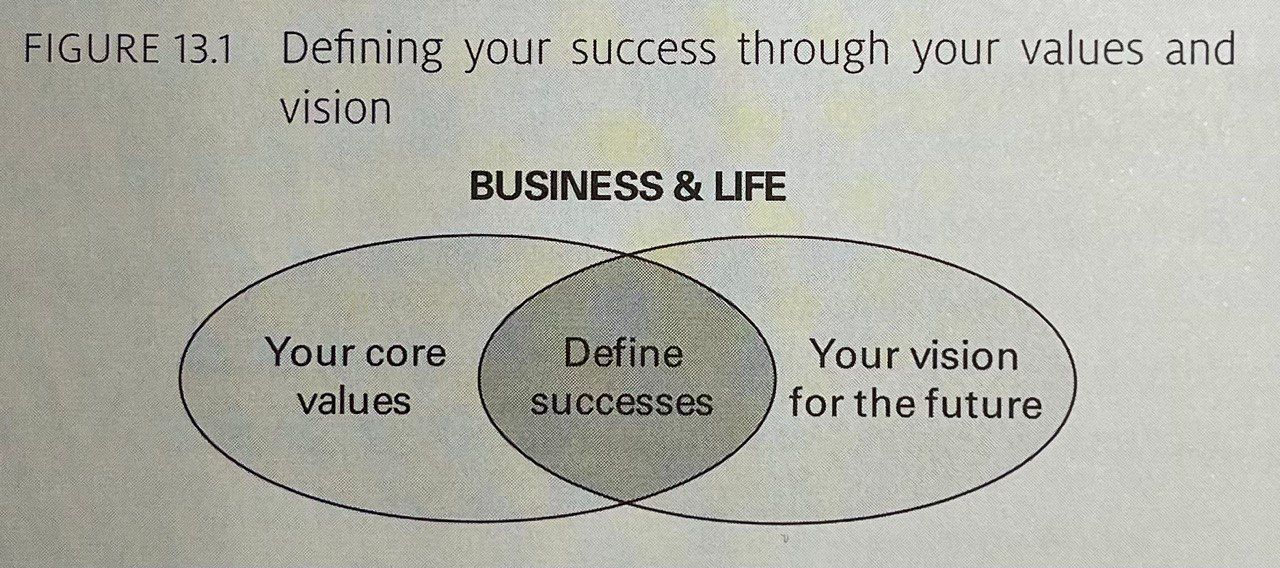
Part 14: Let's all get uncomfortable together
- Myth - Let sleeping dogs lie
- Truth - Wake up the dogs: only then do you know what you're dealing with
...After meetings she encourages the team to all share their responses to two simple questions. What worked well? And what would be even better if...?
The Tools
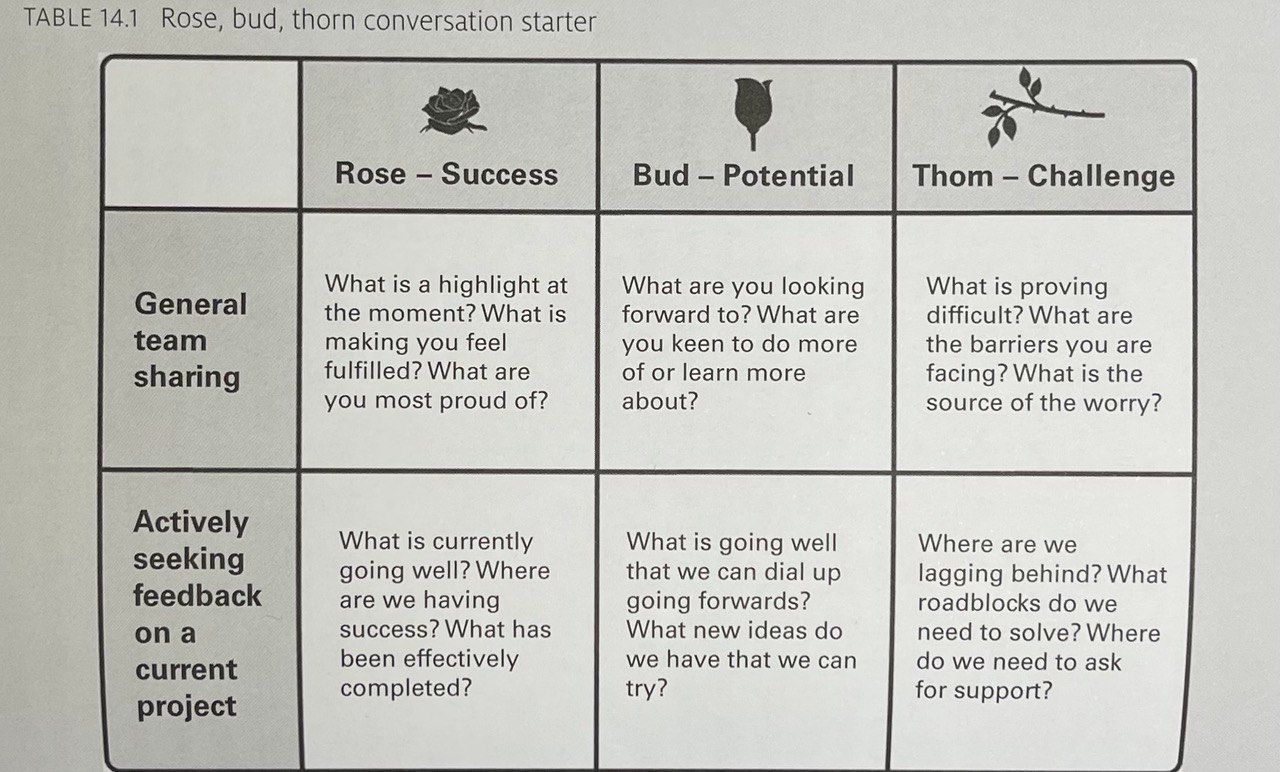
Part 15: Making your catastrophe your calling (card)
- Myth - Lock your disaster in a safe and throw away the key
- Truth - Bad experiences are just as powerful to own as positive ones
The Tools: Extracting positive outcome
The Act (Something you classify as a bad experience)
- What happened?
- What was your role, passive or active?
- What do you take responsibility for?
The Fact (How this experience could benefit you or others)
- What components should you let go of?
- Which ones are useful to share?
- What is useful to share?
The Pact (Identify how this com help define your business, culture, persona)
- Create a value proposition for your experience.
- Define the key components that are helpful to yourself and others.
- Actively apply and share in all relevant situation.
Part 16: Suffering alone isn't as productive as suffering together
- Myth - If I accept help, I'm not capable enough
- Truth - There is value in community and asking for help
The Tools:
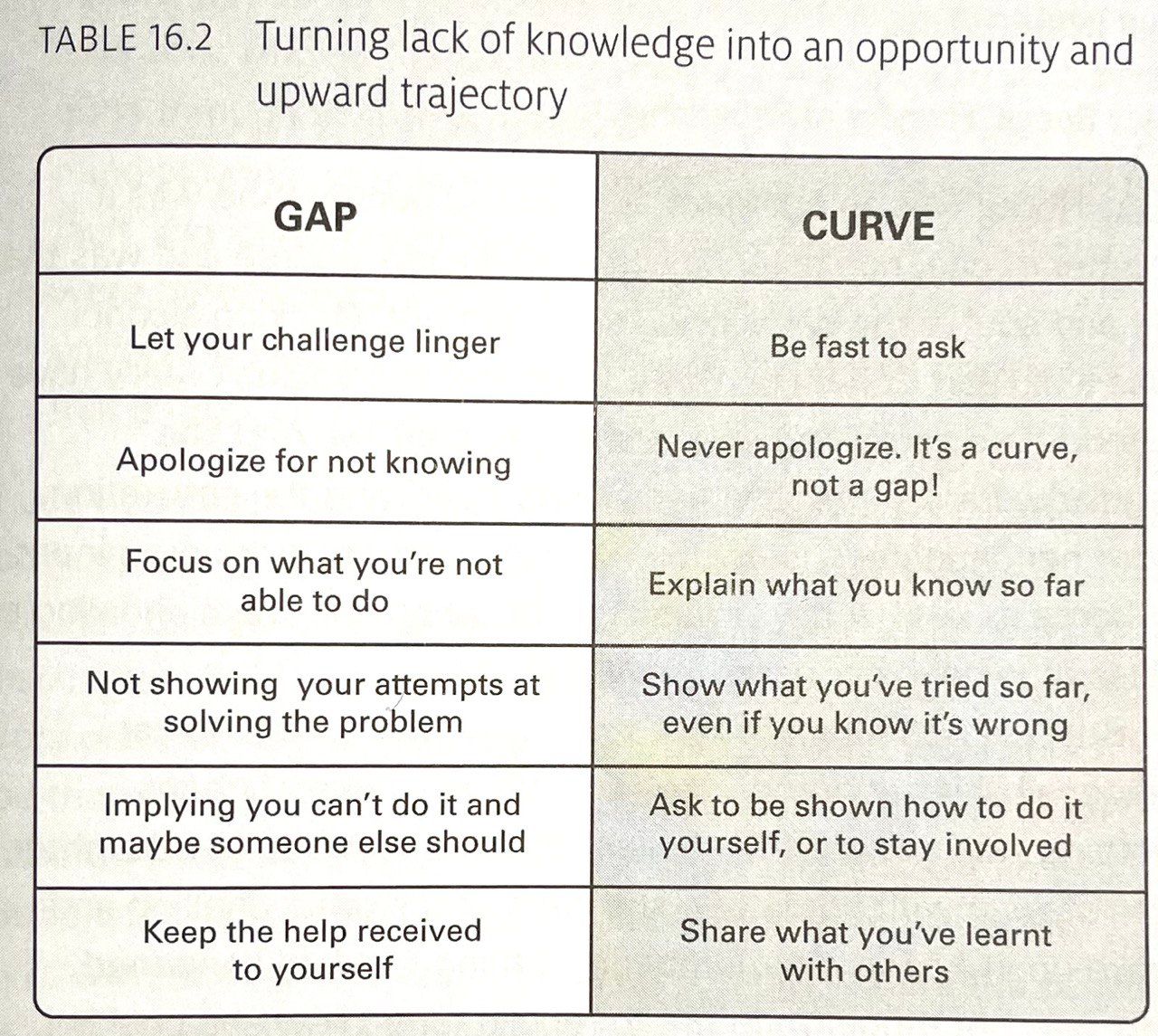
Part 17: Rebuild are a process, not a project
- Myth - There is a beginning and an end to every rebuild
- Truth - Rebuilds simply transition through different phases
The Tools: Flexing your resilience muscles every day with the three GS
- Goal for today
- Gratitude for today
- Good health everyday
Part 18: Rebuilding is the future
- Myth - Rebuilding is a skill you only need is something goes wrong
- Truth - It's a life skills for everyone! The earlier you learn it, the better equipped you are.
